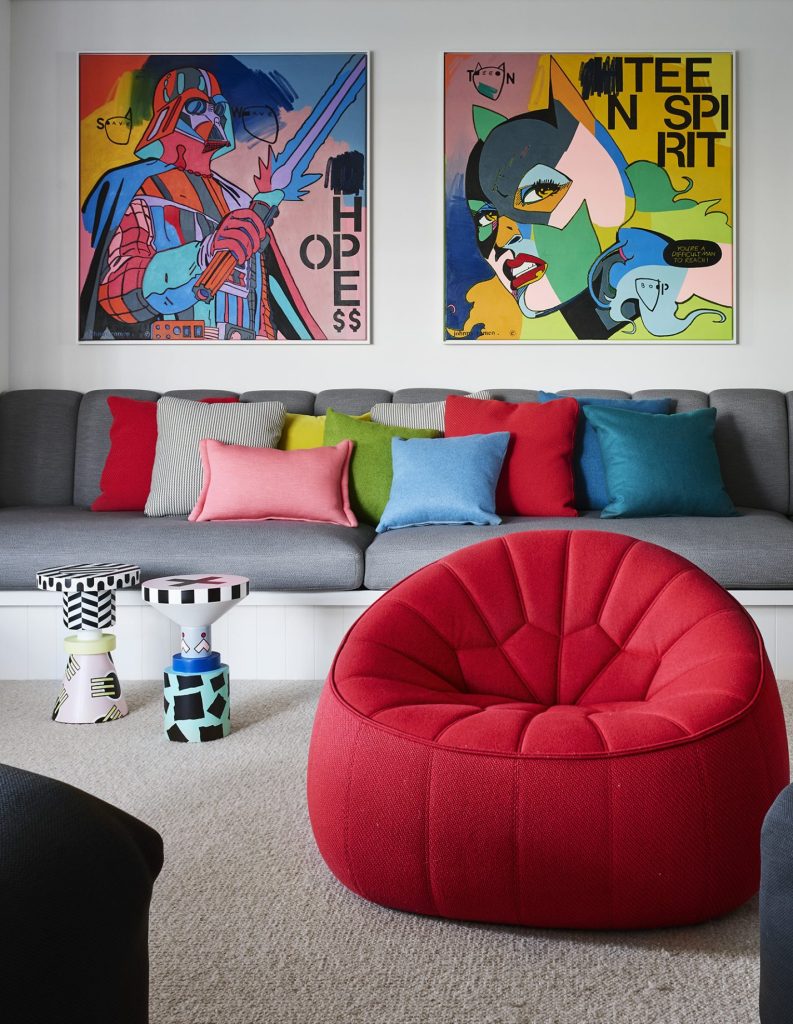
Art is more than the product of human creativity; it is so closely intertwined with our nature that it can even influence our memory instinct, acting as a mnemonic anchor. This relationship that occurs when aesthetic elements are leveraged to preserve and evoke significant experiences, becomes particularly pronounced in interior design. It is in these curated spaces where art can be molded to serve as the conduit between our spatial surroundings and memory. We can rely on the artistic synthesis of colors, forms, and compositions, to surface deep memories and emotional responses that transform an interior into a welcoming reflection of our personal or cultural narratives.
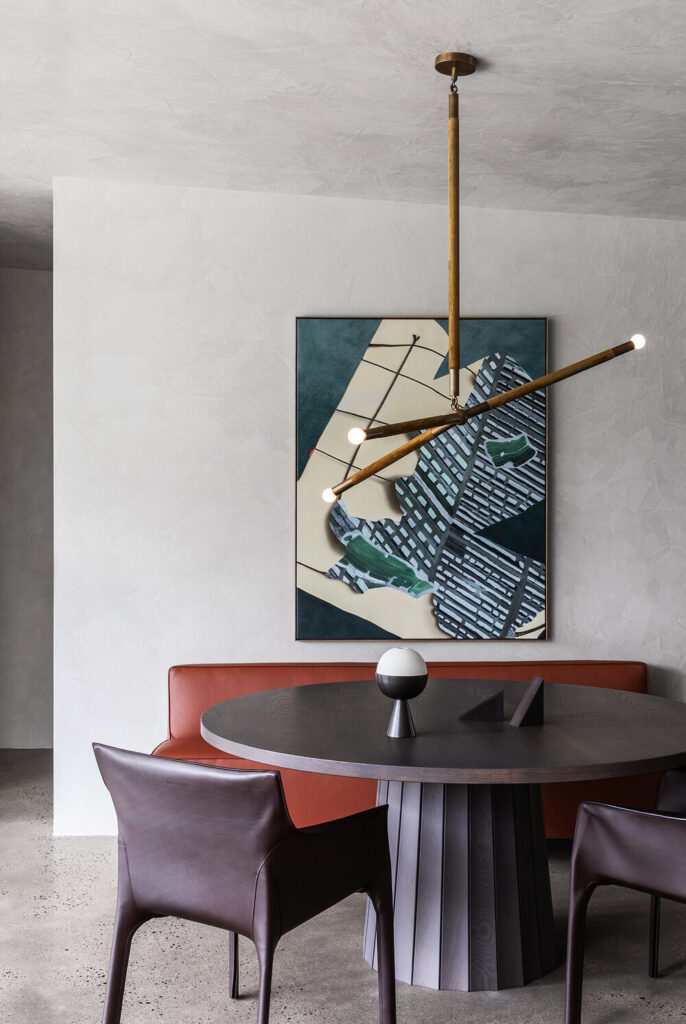
When interior design opens its doors to the influence of art, it not only enhances our cognitive engagement and emotional expression within a space, but it also strengthens our connection with the past and with a collective consciousness that makes spaces more welcoming.
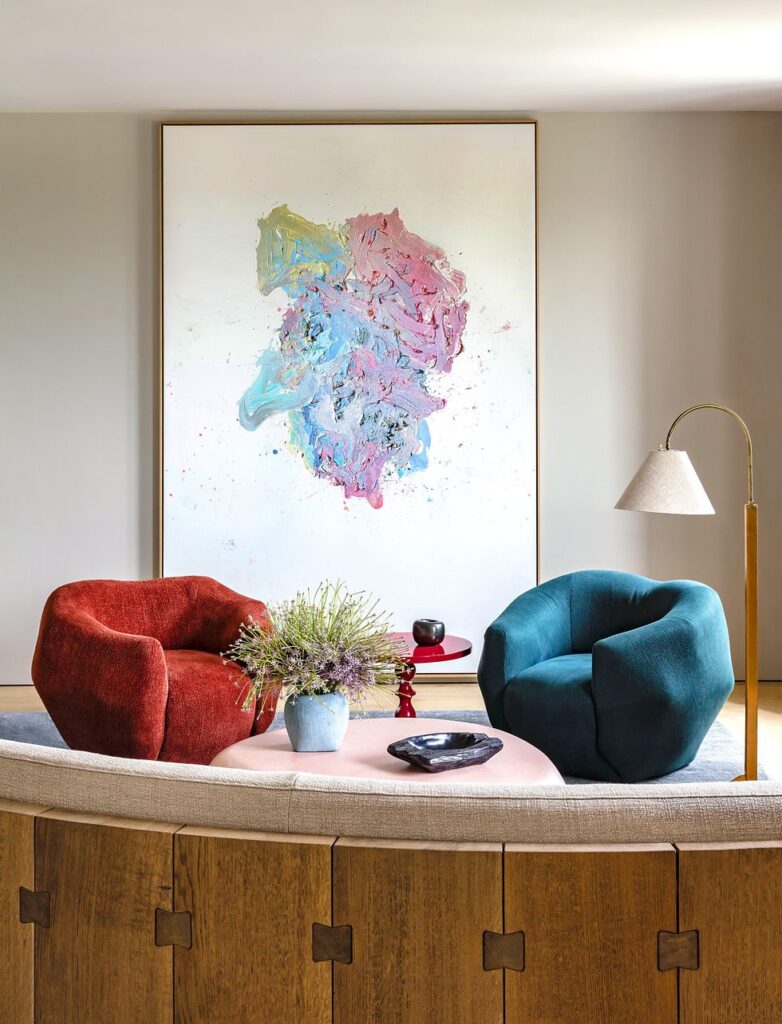
A look at modern approaches
One notable example is the National Museum of African American History and Culture in D.C, which chronicles the African American experience in its immersive exhibits. The museum’s carefully curated spaces and artifacts foster a deep emotional connection to history while conveying a powerful testament woven together by people’s collective memory and cultural narrative.
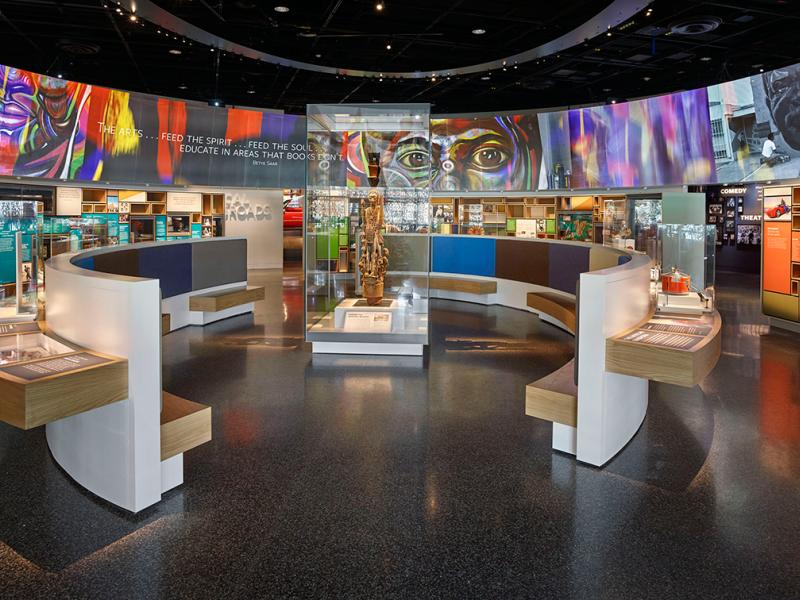
Similarly, The Salvador Dali Theatre Museum in Figures, Spain, provides a captivating instance where interior design merges with memory through art. Dali’s surrealist masterpieces are highlighted by the whimsical installations and dreamlike atmosphere, thus providing a smooth link between the imaginative world, the artist’s personal history, and the smart use of space. In this manner, both examples illustrate the results of balancing design choices to incorporate elements laden with historical significance, and memories whose power transcends physical surroundings.
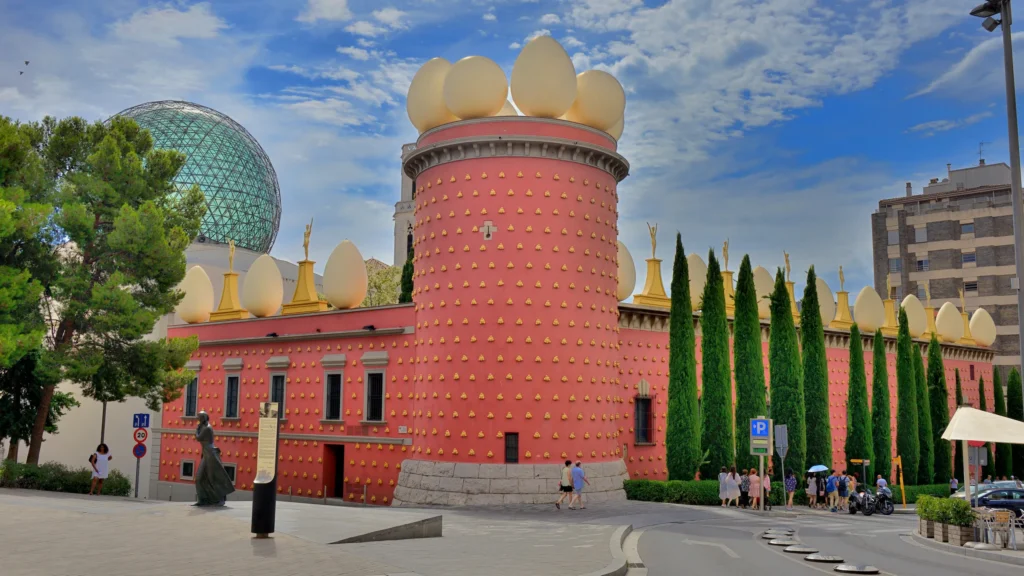
Methods
Parting from the existing cases where intentional design transforms spaces into repositories of memory and cultural heritage, we will also look closely at the methods we can take within our interiors. This approach begins with the magic of curatorial storytelling which translates to the adaptation of space according to artworks, artifacts, and design elements that tell a coherent narrative. For this we need to link our personal or cultural memories carried within symbolic motifs with the overall design concept to create a fluid storyline that captivates owners and viewers alike.

This method of storytelling, however, is not based solely on visual cues. In fact, engaging multiple senses through the use of textures, scents, and songs, can also give us a more immersive experience as we connect with our memories in an emotionally resonant environment. The same applies for interactive art installations or technology that invites you to actively engage with your surroundings. As a result, we can sense a more dynamic and comprehensive relationship between design and the humans that give it life through their memories and identities.
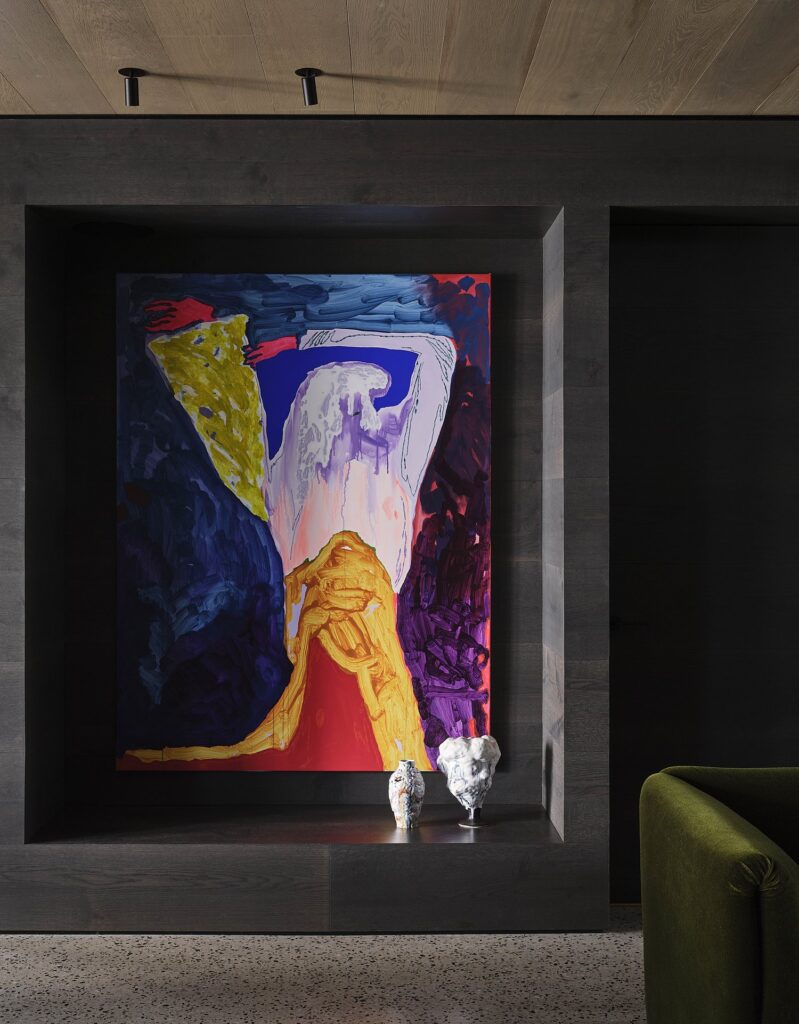
Lastly, we return to the source of inspiration and the birthplace of memories: history. In this mnemonic approach to art and interior design, our biggest inspiration can perhaps come from historical design styles and elements that pay homage to specific eras or key events whose mark still resonates today. The best way to accentuate these features is by designating areas where our impactful selection of works can become the focal points that anchor our memories within the space.

A timeless approach
Just as in memory time stands still, art can also defy the laws of time as it transcends trends and eras while embellishing our interiors. This means of expression, with its capacity to evoke emotions and tell stories, becomes a connective thread between past, present, and our space. Moreover, as we weave memories into the fabric of design, the resulting environments can be transformed not only aesthetically but also on a personal level through the celebration of our unique narratives. While embracing this approach, interior design shows its complex nature in its capacity to create spaces that travel through time and connect with our emotions.
